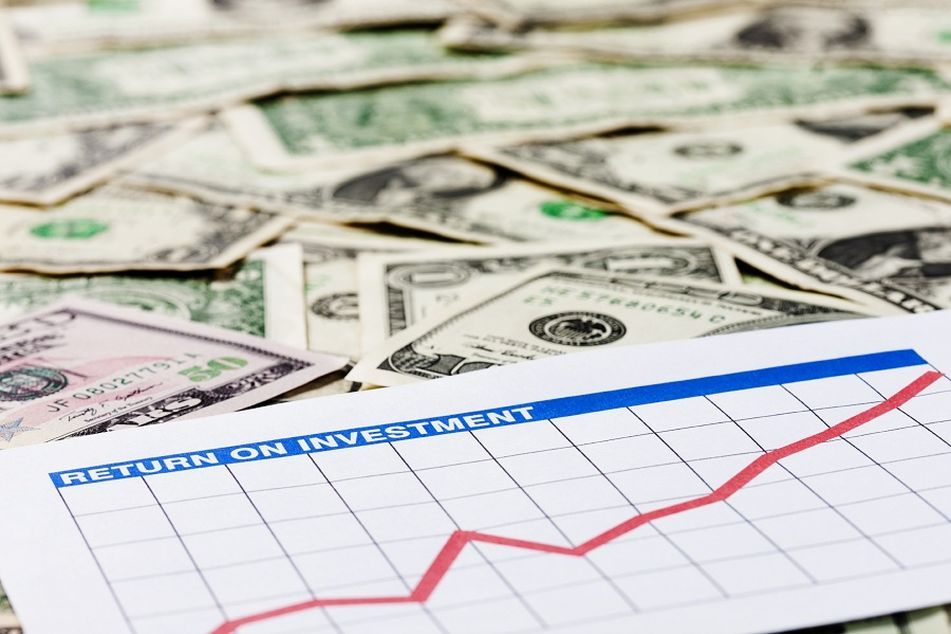Value strategies defy logic in push past growth stocks

Pinning the value rally on the Fed, hoping for the best.
Ten years into a bull market for growth stocks, the cycle finally appears to be turning in favor of value investing, but not for all the usual reasons.
Among domestic equity mutual fund categories, small- and mid-cap value strategies stand out as top-performers this year, logging category-average gains of 11.36% and 10.02%, respectively.
Large-cap value funds are not far behind, with a category-average gain of 8.19% this year.
Compare that to the 3.67% gain for the large-cap growth fund category, as tracked by Morningstar, and the theories abound for what is happening to equities at a time when all three major market indexes are hovering around record highs.
Essentially, in the midst of what looks like the kind of growth-stock market that would ordinarily see value investors grumbling on the sidelines, there are real signs of a reversion to the mean.
“We’ve been watching this since the beginning of the year, and we’ve been skeptical, but it has been sustained,” said Tom Martin, portfolio manager at GLOBALT Investments.
While it seems logical that growth strategies would be ready to pass the leadership torch to value investing, there is scant belief in the traditional drivers behind such a move, in spite of evidence that it might actually be happening.
“It all hinges on the actual cycle turning,” he added. “But if you look at the underlying value companies, represented by industrials and energy companies, as they report earnings and talk about sales margins and end markets, you don’t really see evidence of a cycle that has turned.”
Skeptical, but not wanting to completely miss out on the move, Mr. Martin has opted for a backdoor approach to the value momentum by increasing allocations to the emerging markets, which tend to benefit from many of the things that would support a value move, including stronger commodity prices and a weaker U.S. dollar.
Crit Thomas, global market strategist at Touchstone Investments, is also not yet ready to believe his eyes when it comes to a broad-based value-investing move.
“If you look inside this market, you’ll see that the drivers have been very different,” he said. “This has not been an earnings-driven market; it has been Fed driven.”
By that, Mr. Thomas is suggesting that value stocks are rising as proxies for the kind of income that investors might be getting from bonds if the Fed’s monetary policy wasn’t holding interest rates at historic lows.
“This value move has been more of yield grab than anything else, and I would say be careful about jumping into it,” he added.
The slumping economic recovery since the financial crisis, joined by the Fed’s unprecedented monetary policy, has driven a lot of advisers toward dividend-paying stocks to find income, which can make sense to a certain degree.
But tilting too heavily toward dividend stocks as a proxy for bonds is a dangerous and slippery slope, according to Doug Cote, chief market strategist at Voya Financial.
“We’re in a historically-low yield environment, and investors are bidding up value stocks for income, which I think is a mistake,” he said. “I call it the folly of diversification that creates ineffective portfolios by using equities for current income. The equity part of your portfolio should be focused on growth and the bond part should be focused on income.”
What market watchers continue to struggle with, and what has advisers and investors so perplexed, is a valuation disparity that doesn’t completely add up.
Measured on a trailing price-to-book basis, the Russell 1000 Growth Index is trading at 5.8 times book value, while the Russell 1000 Value Index is at 1.9 times.
“We haven’t seen a gap that wide since the dot-com bubble (in the late 1990s),” said Mr. Thomas of Touchstone Investments.
“Growth looks very expensive right now relative to value, and it seems like we’re positioned for a mean reversion and value should take over,” he added.
Valuations clearly favor a stronger run for value stocks, but Jim Russell, principal and portfolio manager at Bahl & Gaynor, believes value stocks are also riding some macroeconomic trends.
“The global macroeconomic picture is stabilizing or moving slightly higher, much of which is riding on slightly higher commodity prices,” he said. “But the second part of that is the slightly weaker dollar against global currencies.”
Key to keeping the dollar from taking off again, Mr. Russell added, is the temperament of the Federal Reserve, which is holding its annual Jackson Hole meeting on Friday.
“As the Fed has continued to back off on the idea of a rate hike, the dollar has weakened,” he said. “But if they start talking more hawkish to suggest a rate hike is back on the table, that will present a headwind for value stocks.”
Learn more about reprints and licensing for this article.








